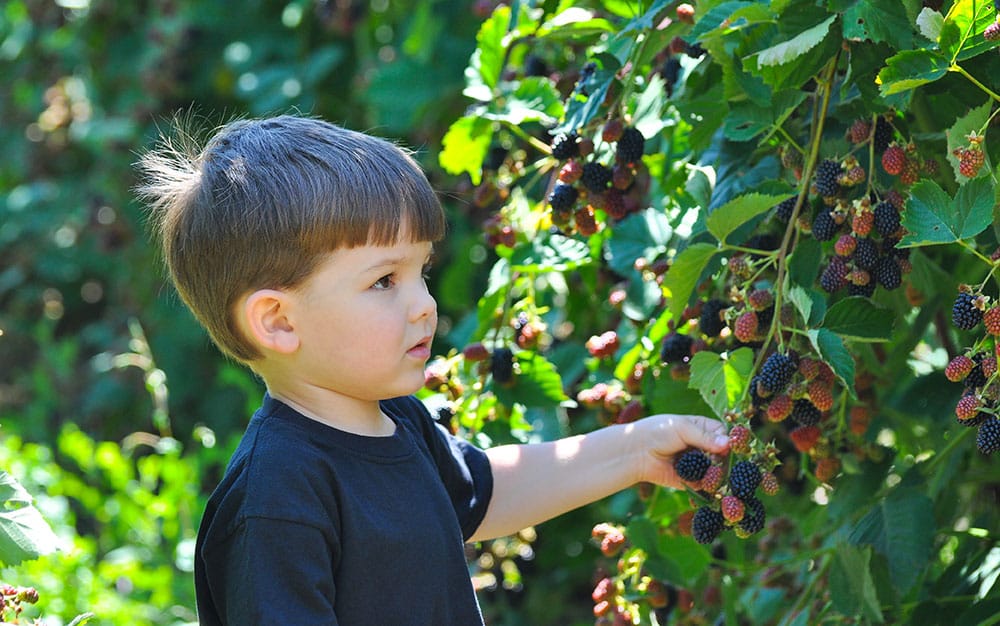
It’s that time of year again. The trees and hedges are heavy with ripe fruit and the leaves have just begun to change – it’s the perfect time for gathering lots of wild autumn berries and cooking some heart-warming autumn recipes with your haul.
From the classic blackberry to the more elusive damson, there’s plenty to choose from, and some that you might even have already in your garden.
If not, just head out on a walk along a public footpath near you and it won’t be long before you find a treasure trove of goods to forage for.
Make sure you know exactly what you’re looking for before you set out, as there are a few wild berries that are poisonous if consumed, so take a picture with you to avoid any confusion.
Also, many berry bushes have spiky stems, so bring gloves, especially for the kids if they’re coming too.
Tip:
Once you have collected your wild berries, soak them in ice water before cooking to clean and remove any bugs.
So here are five different types of autumnal fruit that are often found growing wild, and a quick recipe idea for each one, so none of your gathering work goes to waste:
Blackberry
The blackberry has long been hailed king of the autumn berries, and for good reason. A great source of vitamins C and K, the juicy blackberry has the perfect mix of sweetness and tang.
It pairs perfectly with apples in crumbles and pies, and pots of homemade jam make great gifts at Christmas.
Here’s an easy blackberry jam recipe that you can use to make up a big batch, and then store in jars to preserve the fruit over winter:
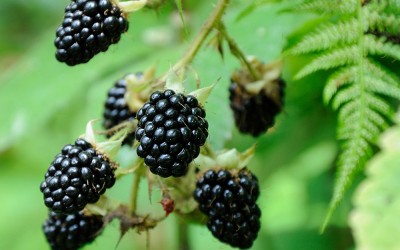
Blackberry Jam
1. Ensure your jars are clean and sterilised.
2. Put your blackberries in a saucepan with the same weight in jam sugar and a little lemon juice and gently heat until the blackberries have dissolved.
3. Bring to a gentle boil and let simmer for about 10 minutes, stirring occasionally.
4. Place a knob of butter over the froth that has formed on top of the pan and stir it in gently.
5. Take some jam out, place in the fridge and after a minute or two the jam should crinkle when moved. This means it is ready, so remove from the heat and let it cool in the jars before placing in the fridge to set. If it doesn’t crinkle give it a little longer on the hob and then test again.
Sloe Berry
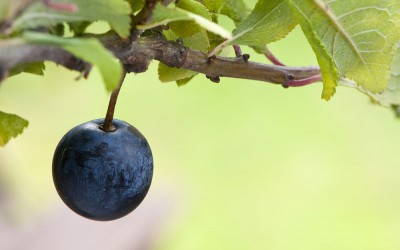
The bitter, smaller cousin of the damson plum, sloe berries are sometimes known as ‘blackthorn’ due to the dark spiky branches on which they grow. The trees were one of many plants used to mark the boundaries of fields after the enclosures act – so you’ll often find them at kissing gates and stiles on public footpaths.
They are also widely popular for making the quintessentially English drink, sloe gin, which is a sweeter more syrupy version of the classic London dry.
The making of it is a simple process that requires very little labour but a fair amount of patience:
Sloe Gin
1. Ensure your airtight bottles are clean and sterilised. You can easily do this by sending them through a hot dishwasher, or putting them in a pan of boiling water for about 10 minutes. Pat dry with a clean paper towel.
2. Place your sloe berries in the freezer overnight to stimulate first frost and open up the berries.
3. Half fill your bottle with sloes and then add about half their weight in sugar. Fill to the top with regular gin, shake the bottle a little and then place in a cool dark place.
4. Give your bottle a gentle shake every other day for at least 2 months. The longer you can hold off the better! Taste before serving and add a little sugar syrup if it isn’t quite sweet enough. Strain and then serve to guests at Christmas time.
Damson
A sneaky little wild fruit that is often thought to have come into being as an escapee plum from domestic cultivation, the damson can be trickier to find but all the more worth it when you do.
A very tart tasting fruit, the damson works wonderfully when stewed with sugar in many warm deserts, but also makes an unusual sauce for duck, venison and other game varieties.
Here’s a quick recipe for if you only managed to capture a couple of elusive damsons:
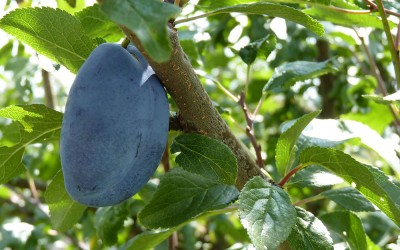
Damson Sauce
1. Roast 250g of whole damsons in an ovenproof dish for 30 minutes at 150C.
2. Pour the brown juices from your meat into a roasting tin, skimming off most of the fat (you could then use this for your roasties!).
3. Add a chopped 2cm slice of ginger and 2 minced garlic cloves to the roasting tin, setting it over a low heat for a couple of minutes.
4. Add 2tbsp of soy sauce, 2tbsp of sugar and 4tbsp of water and the cooked damsons and simmer for about five minutes, crushing the fruit with a spoon.
5. Push your sauce through a sieve to remove skins and stones and then return to the pan to thicken slightly, if desired. Taste and add more sugar or stir in some redcurrant jelly, if desired. Pour over your cooked meat and serve, leftovers can be stored in sterilized jars.
Rosehip
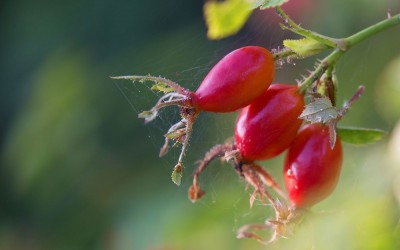
An accessory to the rose plant and perhaps a less well-known, more nostalgic fruit, the rosehip was popular in the Second World War during times of rationing, when citrus fruits containing vitamin C were scarce.
If you have roses in your garden, resist pruning during September to allow the dead flowers to leave behind these little reddish-orange seed balls.
You can make rosehip syrup nowadays as a great source of antioxidants and vitamin C to replace sugary syrups on your kids’ breakfast:
Rosehip Syrup
1. Boil 500ml of water for every 250g of rosehips that you have.
2. Put your rosehips in a food processor to mince and then put into the boiling water and bring to the boil once more for about 15 minutes.
3. Remove from heat and let cool for about 20 minutes, or longer if you are making a larger batch.
4. Sieve through a double layer of muslin cloth and then return to a pan to reduce until syrupy.
5. Add half the weight of your rosehips in sugar, boil for 5 more minutes and then pour into sterilised bottles and seal. If you add a splash of lemon juice along with your sugar, you could also use your syrup to make a refreshing cordial drink by diluting it with water.
Elderberry
The lesser known autumn delight that follows on from the popular elderflower in spring can also be used to flavour your culinary endeavours. A fantastic immunity booster, they’re great for sticking in crumbles as we head into cold and flu season.
Beware that the trees and bark, as well as unripe green berries of the elder trees are poisonous, causing mild symptoms when consumed. Just ensure you only use the completely black, ripe berries in your cooking.
Here’s a great apple and elderberry crumble recipe for you to try:
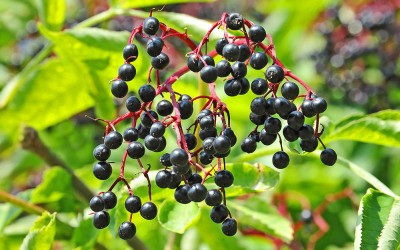
Apple & Elderberry Crumble
1. Stew some peeled and sliced apples with a handful of elderberries and about 3tbsp of sugar and a splash of water (these measurements don’t need to be exact) for about 20 minutes or until the fruit is as soft as you prefer. You can add more sugar or fruit to taste.
2. Place 100g of softened chopped butter with 200g of flour in a food processer and pulse until you have a fine breadcrumb mix and then stir in 100g of sugar. You can also add some rolled oats or flaked almonds to your crumble mix for a nuttier flavour.
3. Place your stewed apple and berry mix to half fill an ovenproof dish and then top with your crumble mix, pressing down gently with the back of a spoon. You can freeze any leftover of both mixes.
4. Bake at about 180C for around 20mins until golden brown on top, and the fruit mix is bubbling up the sides.
David Domoney is a Chartered Horticulturalist, Broadcaster, and Author. David has worked with a number of the UK’s leading garden retailers as a plant buyer and strategic consultant. With more than 30 years experience, in horticulture, David is as passionate about plants now as he was when he bought his first plant at a village fete.

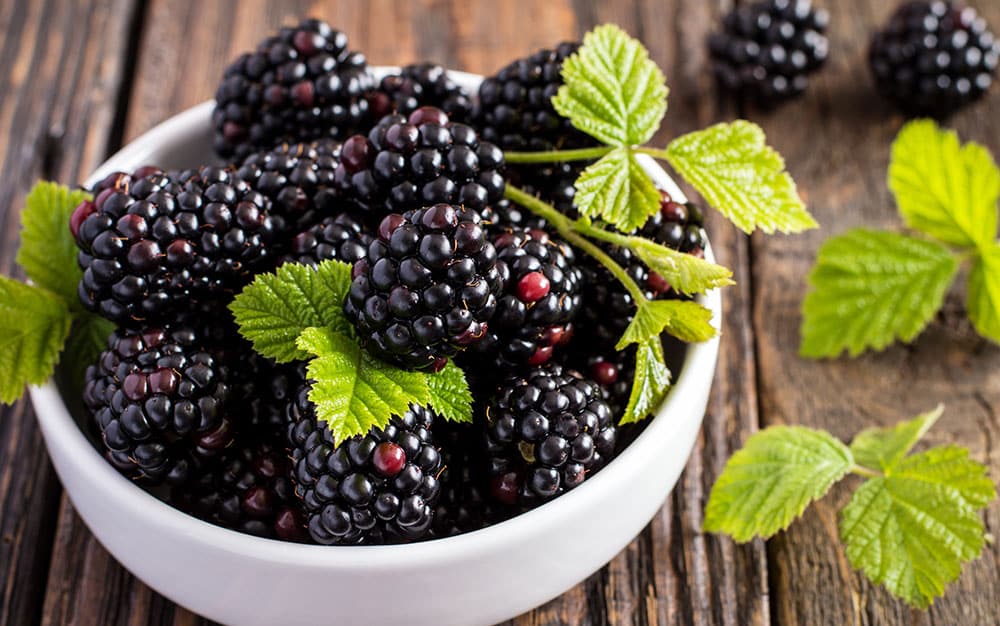
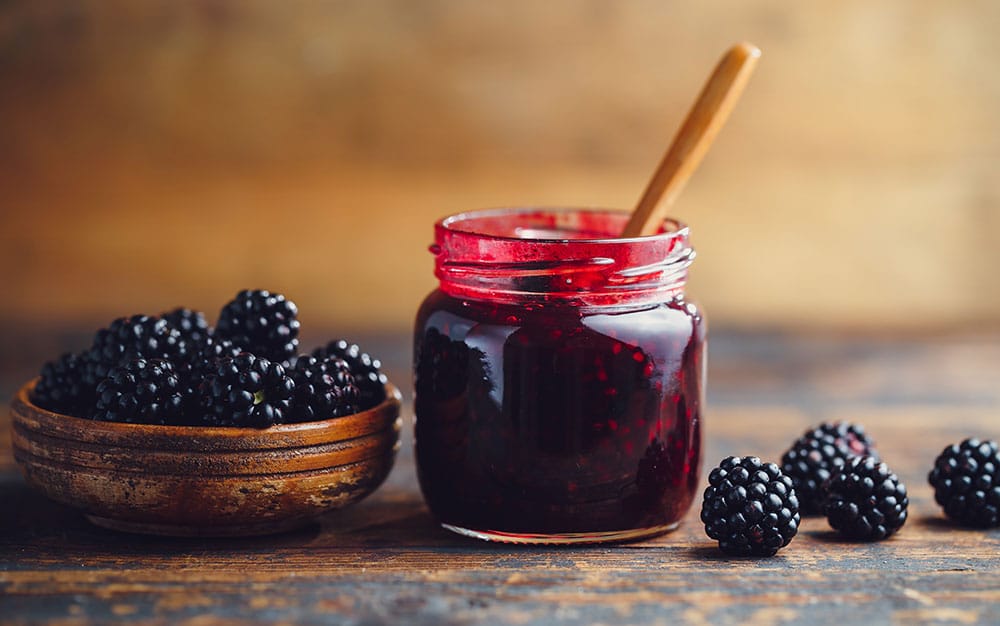
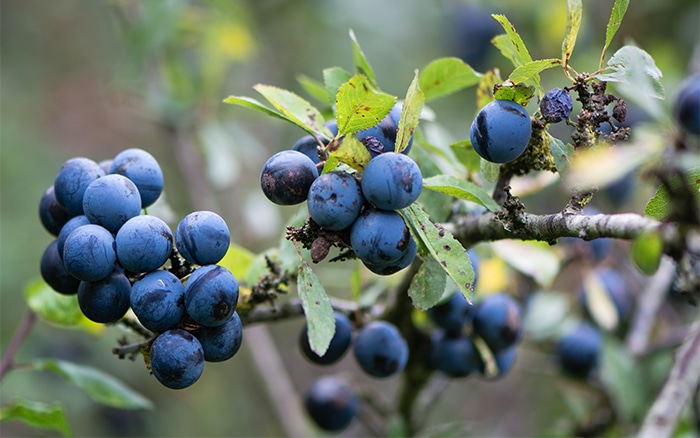
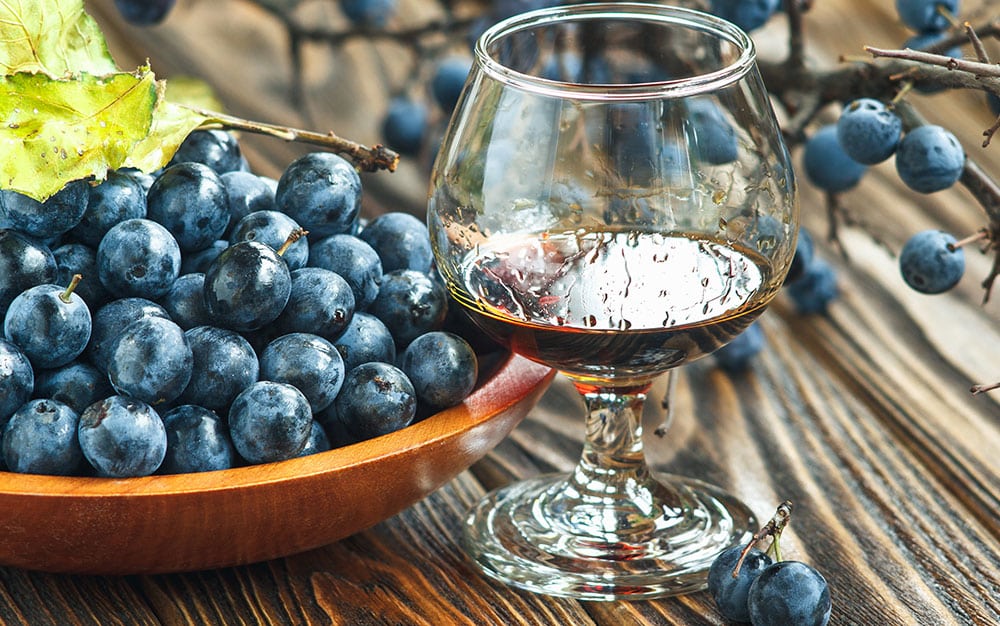
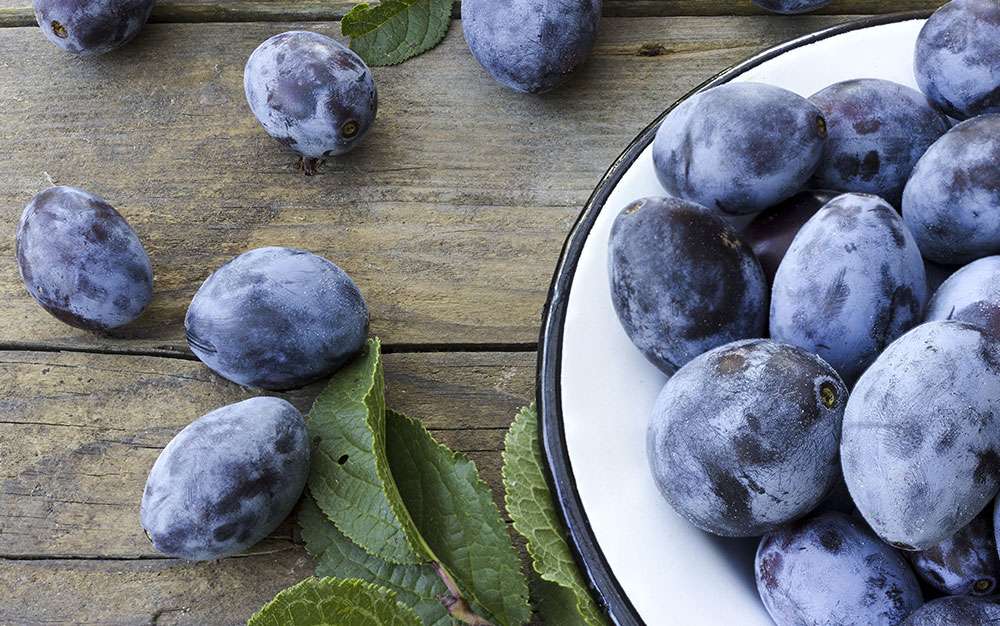
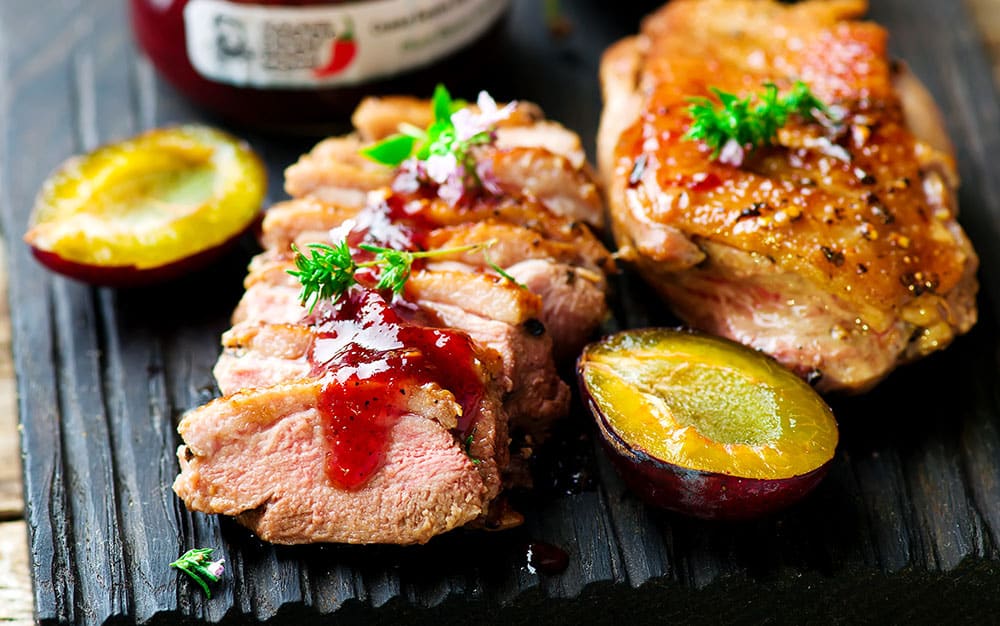
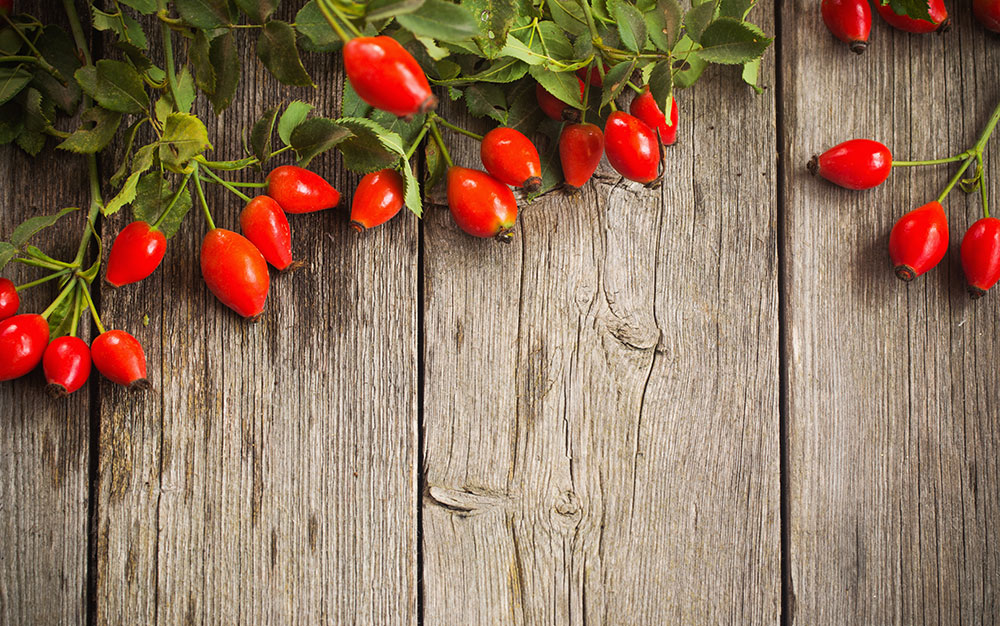
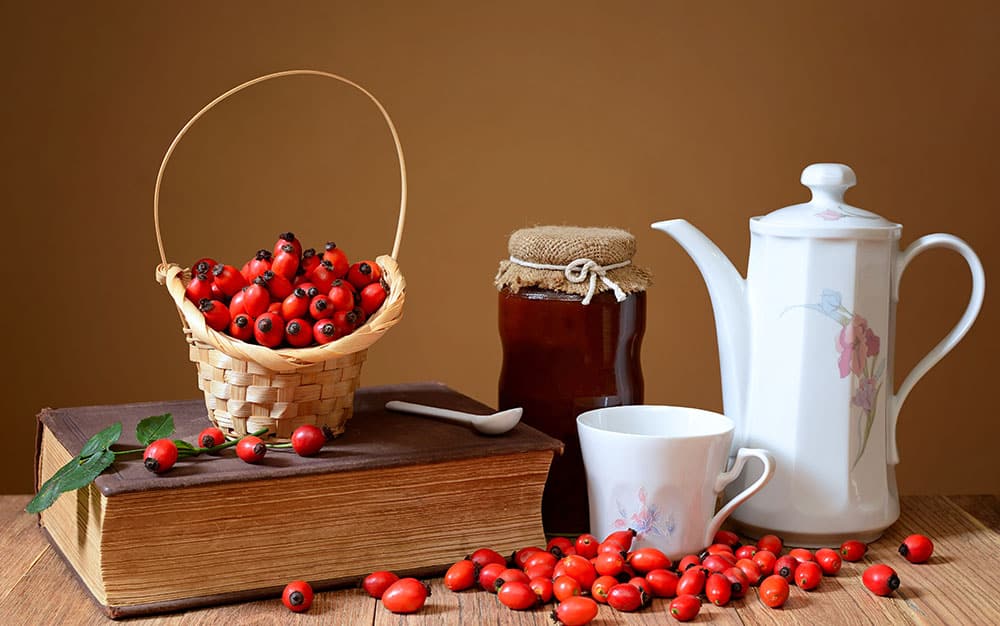
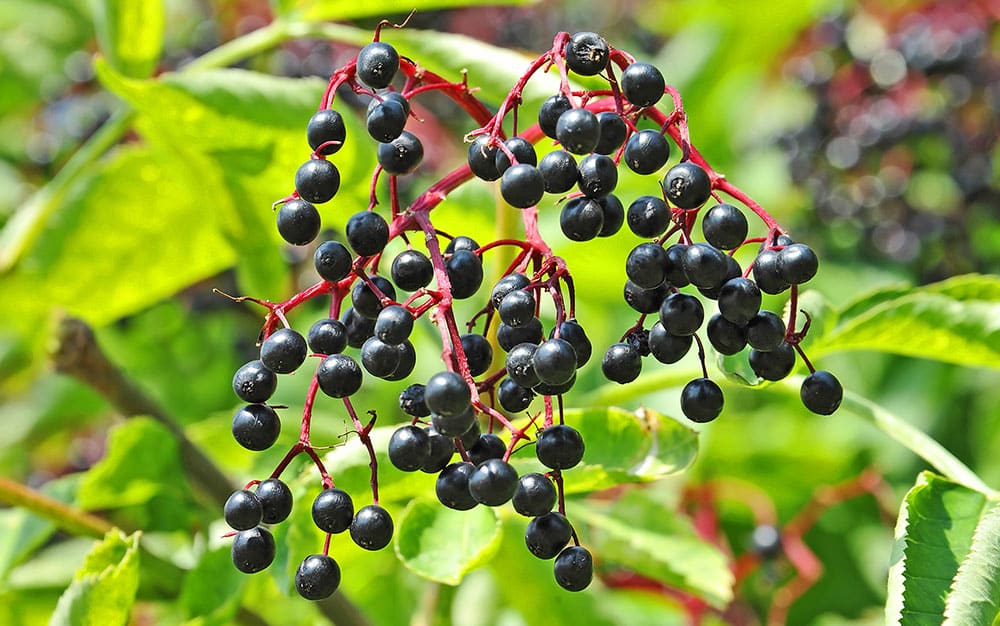
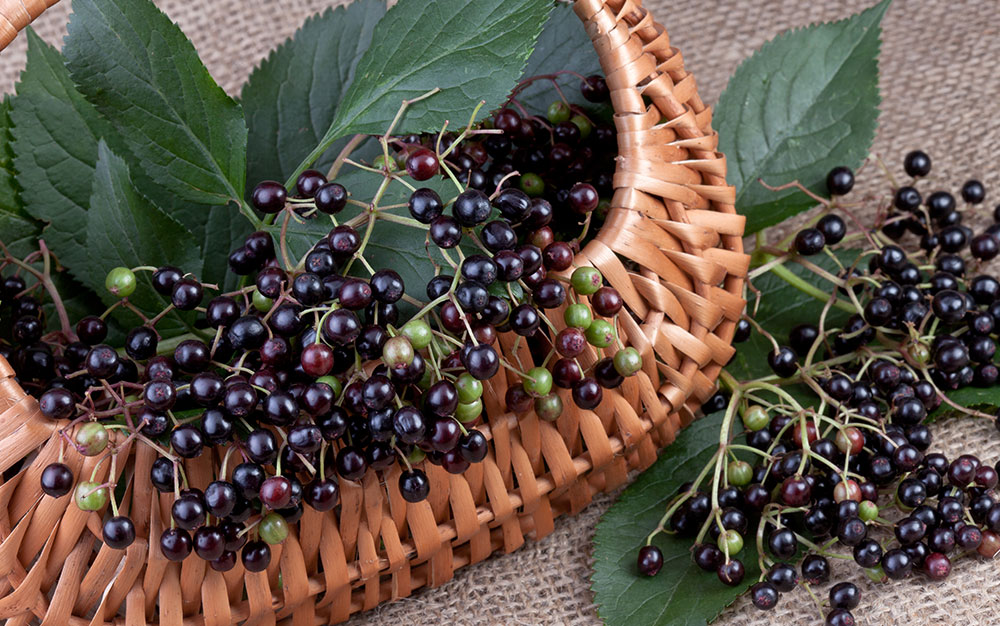
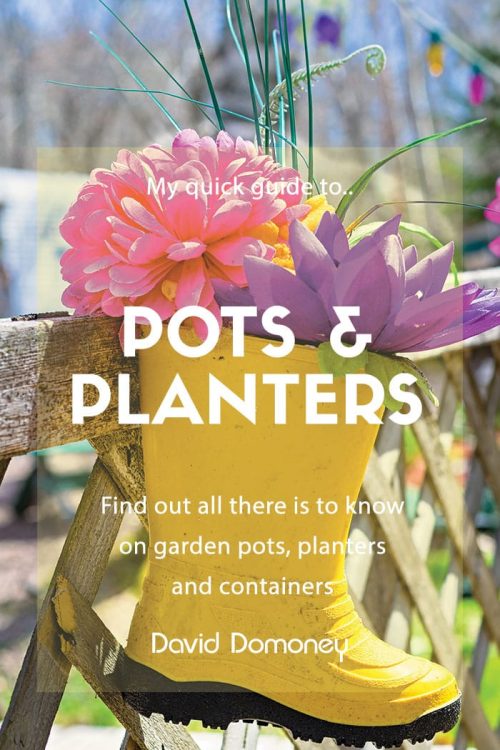





Leave A Comment